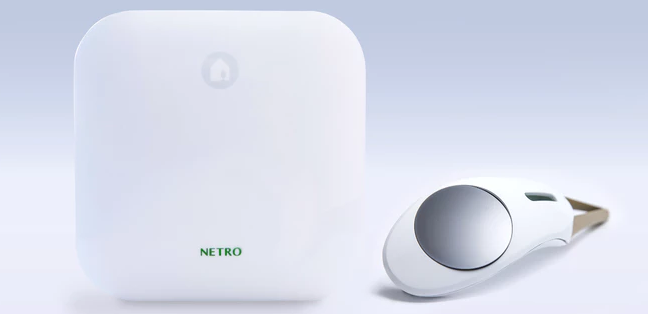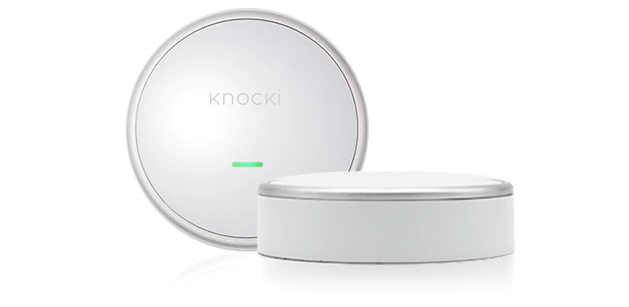As a child, there’s not much better than having a full set of Legos to go to town on. As adults, there isn’t much out there as fondly remembered as the classic building blocks. Now, with the explosion of IoT technology, the SBrick Plus take clicking together plastic bricks up a notch.
The sequel to the successfully funded SBrick back in 2014, the SBrick Plus is a Bluetooth-enabled brick placed into Lego models to control them remotely using a smart device like a phone, tablet, gamepad or PC. What’s more, the SBrick Plus uses sensors from the WeDo 1.0 family that can be programmed in several languages and track variables like tilt and proximity for fun uses in model planes, for example. What the SBrick really allows for are dynamic educational experiences in the home and in the classroom, something the team behind the product facilitates with a series of lessons designed to teach the fundamentals of programming and robotics.



 It’s 3 a.m. and it would be nice to turn the TV and lights off without getting out of bed.
It’s 3 a.m. and it would be nice to turn the TV and lights off without getting out of bed. Knocki
Knocki